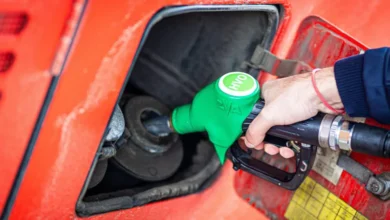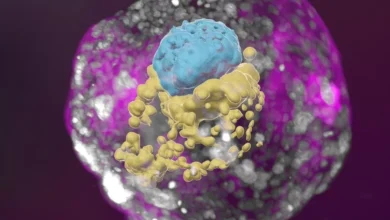Nuclear energy: How environmentally-friendly and safe is it?
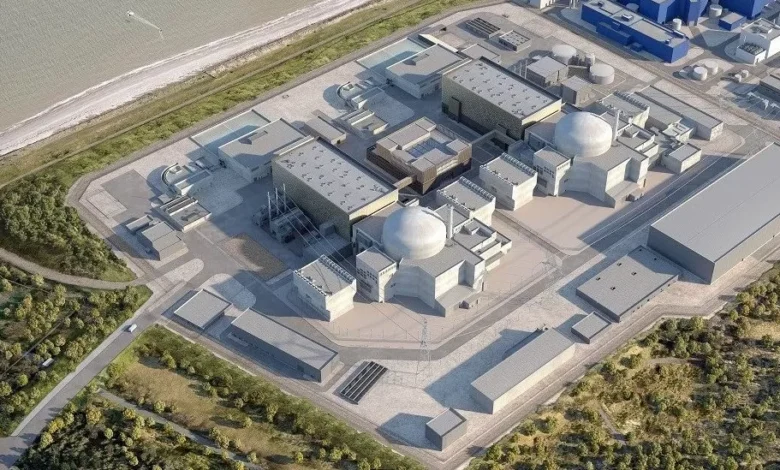
Chancellor Jeremy Hunt announced extra support for nuclear power in the Budget.
He wants to reclassify it as “environmentally sustainable” so the industry can access some of the financial incentives available to other forms of renewable energy.
The government wants nuclear power to provide 25% of the UK’s electricity needs by 2050.
What is nuclear power?
To generate nuclear power in non-military reactors, uranium atoms are bombarded by much smaller neutron particles.
This causes the atoms to break down and release huge amounts of energy as heat.
The heat is used to boil water, producing steam which drives turbines and generates electricity.
How “green” is nuclear power?
Like fossil fuels, nuclear fuels are non-renewable energy resources, but unlike fossil fuels, nuclear power stations do not produce greenhouse gases like carbon dioxide or methane during their operation.
Building new nuclear plants does create emissions – through manufacturing the steel and other materials needed. But the emissions footprint – the total emissions generated across the lifecycle of a plant – is still very low.
The government will consult on the proposal to reclassify nuclear power as “environmentally sustainable”. But the announcement follows a similar move by the EU in 2022.
Is nuclear power safe?
The International Atomic Energy Agency says nuclear power plants are among “the safest and most secure facilities in the world”.
They are subject to stringent international safety standards.
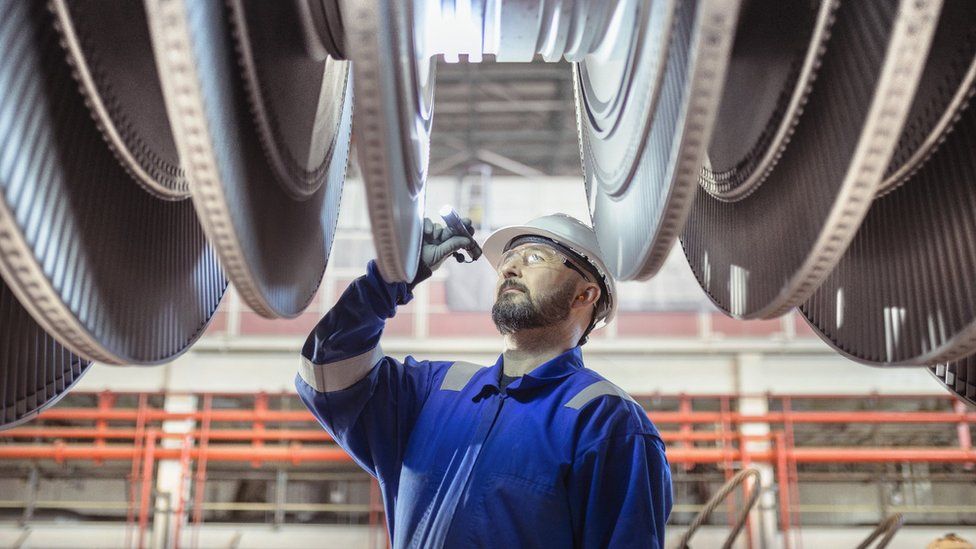
However, there have been a number of high-profile accidents which released large amounts of radioactive material into the environment.
The worst nuclear accident in history was caused by explosion at the Chernobyl nuclear power plant in Ukraine in 1986. More recently an enormous earthquake caused a tsunami which flooded the Fukushima nuclear plant in Japan in 2011, causing a partial meltdown of the reactor cores.
However, even under normal conditions, generating nuclear power produces hazardous radioactive waste, which needs to be safely managed and stored for hundreds of years.
How much nuclear power does the UK use?
There are currently six plants that can supply about 20% of UK electricity demand, with 15.5% generated this way in 2022.
Most are at the end of their life, but the government wants to deliver up to eight new reactors overall – with one to be approved each year until 2030.
The Hinkley Point C plant is already under construction in Somerset, and in July 2022, the government gave the go-ahead for the Sizewell C nuclear power plant on the Suffolk coast.
Together these will be able to power 12 million homes in the UK.
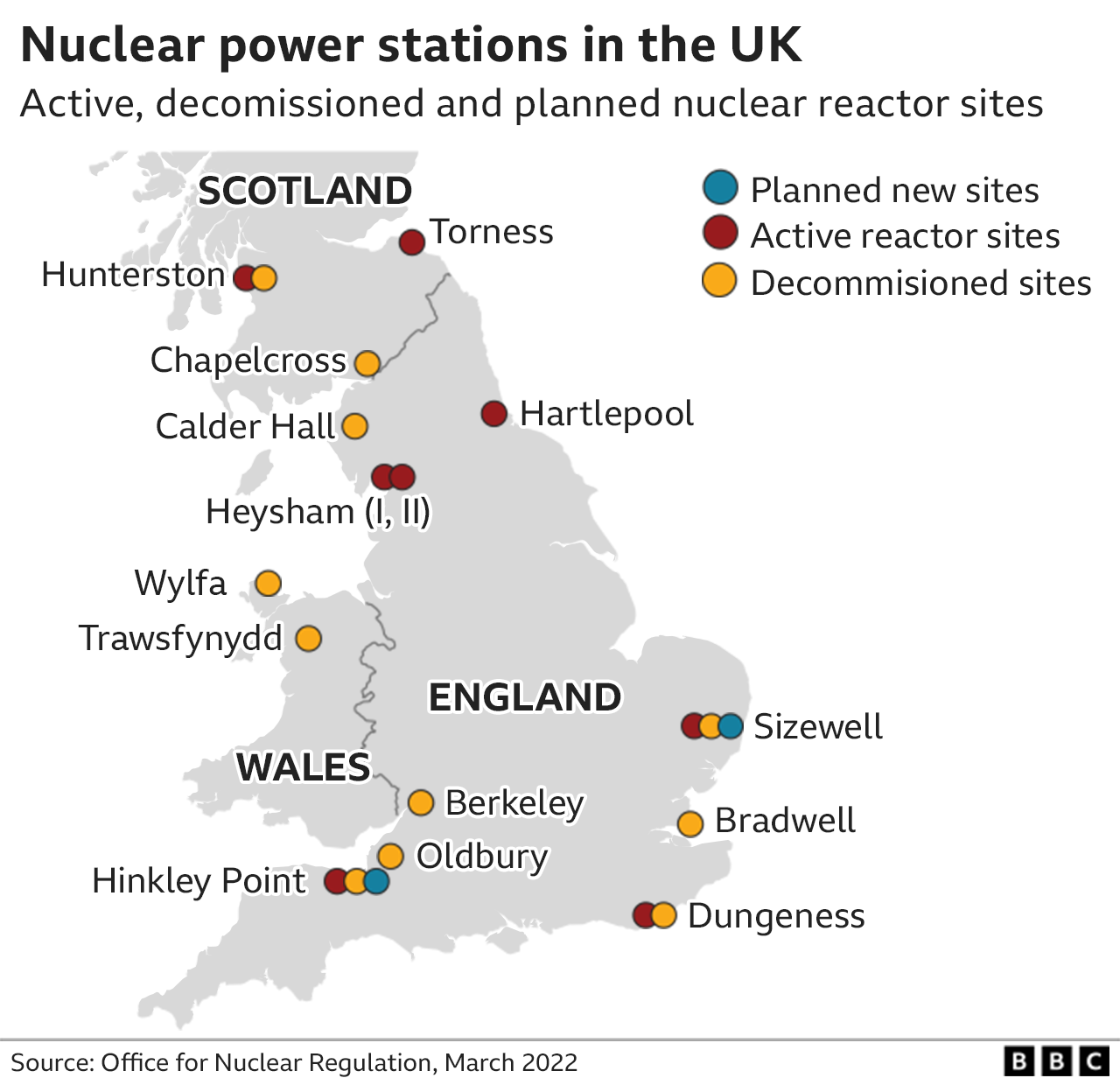
As well as larger nuclear power stations, the government also wants to develop Small Modular Reactors (SMRs). These work in the same way as conventional nuclear reactors, but on a smaller scale.
The chancellor announced a new competition for SMRs to be delivered through a new body called Great British Nuclear.
If a project proposed is “demonstrated to be viable”, he said the government would co-fund it.
How much do nuclear plants cost?
The overall cost of nuclear power is comparable with other forms of energy, but nuclear plants are extremely expensive to build.
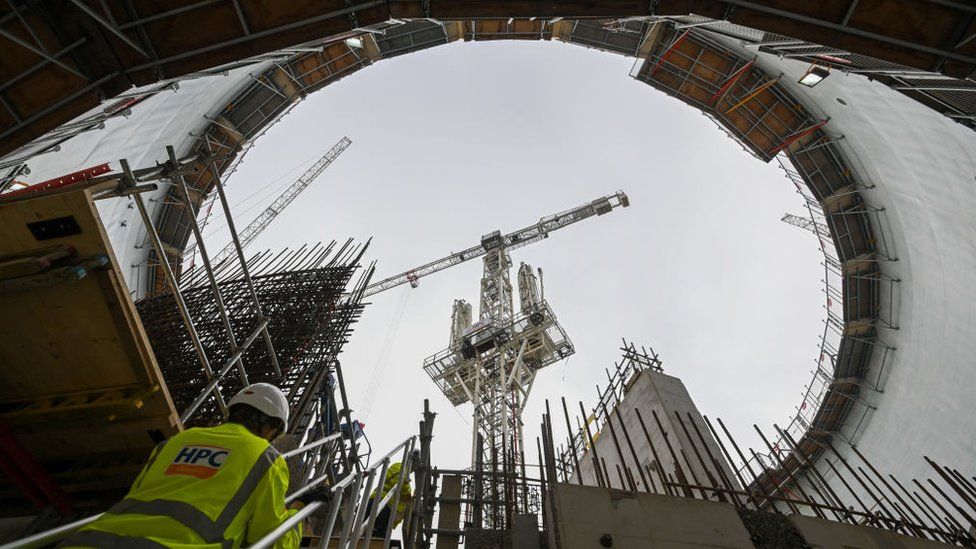
Hinkley C is expected to cost 80% more than its original £33bn budget.
The government hopes a new financial funding model could cut the cost of future nuclear projects, including Sizewell C.
How much will nuclear energy cost consumers?
In 2013, the government agreed to pay £92.50 per megawatt hour for Hinkley Point’s electricity, an amount which will rise with inflation.
Although this is much lower than the current price of £161 per megawatt hour, critics argue it’s still too much.
In 2019, before the global energy crisis pushed prices up, electricity cost £50 per megawatt hour, so if prices returned to this level, £92.50 would be very expensive.
How long do nuclear plants take to build?
Critics of nuclear power say the new plants will take so long to come on stream they will be too late to help the UK meet its emissions targets or reduce energy prices for consumers.
Hinkley Point C is two years behind schedule partially due to the pandemic, and Sizewell C is expected to take nine years to construct.
One of the benefits of SMRs is that they are much quicker to construct than larger plants.

